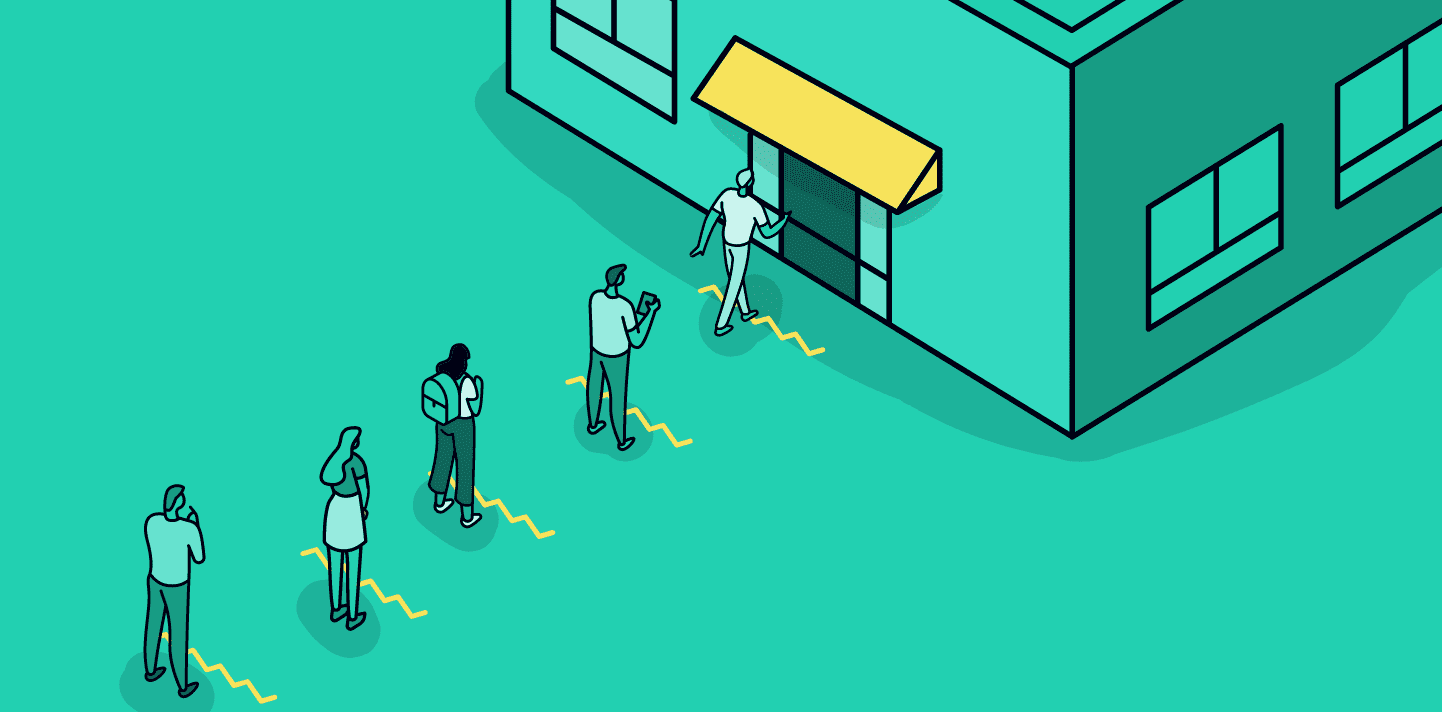As COVID-19 rewrites the ways we live and work, many of us our confronting serious disruptions on a daily basis. This virus is impacting us all in unforeseen ways, along with the realization that our individual actions are closely connected to each other’s well-being.
We’ve also seen the rise of what the AP has described as “quarantine shaming” – people calling out the behavior of those not complying with social distancing (and now in many states, shelter-in-place). I’ve received a lot of questions about this trend, as someone who typically advocates for positive messaging to drive social norms around behavior. How do we get people to comply with social distancing already?
Shame has no place in behavior change.
But guilt? Guilt is necessary. Let me explain.
Shame vs. guilt
Using Brené Brown’s definition, shame is a focus on self, while guilt is a focus on behavior. What becomes so destructive on the road to lasting change is that leap from guilt to shame, “I did a bad thing, that means that I am bad.” Shame shuts people down. But to drive behavior change, people have to reflect on what they are doing. Creating a new social norm requires a realization that whatever we are doing in the moment is not normal. We can also feel guilty when we’ve been held accountable, when someone has told us directly that our behavior is not OK.
Accountability is uncomfortable!
To enforce a behavior, we need accountability on some level. Whether it’s legal accountability, like a ticket, or social accountability like a call out on Instagram. When we are held accountable we can also feel defensive – denying the impact of the virus on us personally, questioning whether social distancing even makes a difference, justifying how we are actually good people trying to live our lives how we want. What supports behavior change is accountability combined with positive reinforcement of good behavior. An invitation to do better. There are number of ways to promote good behavior that blocks shame and directs short-term guilt to actions that are really productive.
So how do you get people to behave?
A clear call to action.
Any behavior change campaign needs to start with a clear call to action. What are you asking people to do? Cities, counties, states and the federal government are all making different recommendations in regards to COVID-19. In light of competing calls to action, you need to be super clear about the behaviors people need to adopt (stay home!). Not “Stay home, except for walks with your dog or if you wash your hands or if it is a group of under 100 or 50 or 5 people.” Right now, the goal post is shifting as our governments adapt to new information. So, we have to focus: What do people need to do now, in this moment? We also need to be honest about how that can change.
Accountability.
When people do not adopt the new behavior, we need to keep them accountable to themselves and to each other. Accountability doesn’t always have to be negative. Tools like signs to wash your hands before entering a new space can also serve to reinforce accountability. Marks on the floor of a grocery store reminding us where to stand in order to be six feet apart. Both serve as visual reminders to ourselves and each other about what we need to do right now.
Promotion.
What can interrupt guilt before it escalates into shame is inclusion and an invitation to do something better. Promoting good alternate behaviors helps reinforce the new norm, and gives us options to abandon an old behavior and adopt the new. We often fixate on “don’t do______” when we are working to change behavior. “Don’t go to a restaurant” or “don’t go to the beach.” Focusing on the solution, “Stay home” keeps the good behavior front and center.
Remove Barriers.
We also need to bring our systems together to make behavior change easier. From making working from home easier, to virtual social meet ups, to delivery services. All work together to support staying home and address some of the barriers that can keep us from doing so. Showing inclusion and connection makes space for positive change. It may be an uncomfortable road, but accountability coupled with positive promotion can support us all to be better.
In short, be direct. Be kind. Be safe.

